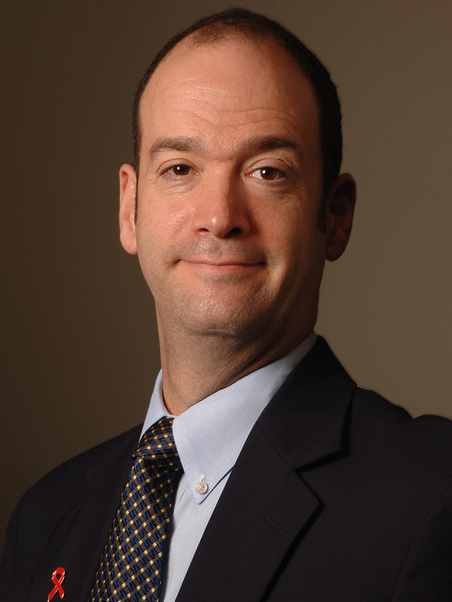The Power of NLAAD
Topics

October 15 is National Latinx* AIDS Awareness Day. It’s a good time to review the current impact of HIV on Latinos/Hispanics in the United States and to consider the steps we need to take to end the epidemic in our community.
The news is sobering. CDC has noted at the U.S. Conference on AIDS last month, “This is a game-changing moment in the history of the HIV/AIDS epidemic.” We know the steps we need to take and we have the tools we need to lower the rate of new HIV infections:
- Increase the rate of viral suppression: Multiple studiesExit Disclaimer have failed to identify any cases of HIV being transmitted sexually by people with HIV who have achieved durable viral suppression. We can increase viral suppression rates—therefore preventing new HIV cases and improving health outcomes for everyone—through HIV testing, linkage to care, treatment, and giving individuals who are living with HIV the support they need to remain in care.
- Increase uptake of PrEP (pre-exposure prophylaxis): PrEP is a highly effective form of HIV prevention that could significantly reduce the number of new HIV infections. But recent dataExit Disclaimer indicate that PrEP uptake among Latino/Hispanic MSM is low because many of them have never heard of it. Even those who have heard of it face barriers to taking PrEP due to lack of access to health care and concerns about side effects, costs, and PrEP-related stigma. Addressing those concerns are key to expanding PrEP usage.
- Improve our use of digital communications technologies: Digital communications platforms (e.g., web, social media channels) provide effective tools for reaching and educating Latino communities about viral suppression, PrEP, and other important public health topics. According to a July 2016 Pew studyExit Disclaimer, growth in the rate of internet use among Hispanics continues to rise—especially among those who are foreign-born and/or Spanish-dominant, and Latinos/Hispanics continue to use mobile technology at a very high rate. By harnessing the power of digital media to help us connect with people at risk for/living with HIV, we have an opportunity to deepen the impact of our HIV-related work.

By following the science and using available communications tools, we can make a real difference for Latino communities.* You may notice a change in the name of the observance this year. “Latinx” (pronounced ��“La-teen-ex”) is a gender-neutral alternative to Latino/Latina. The term has been gaining acceptance from activists and journalists, and the community sponsors of NLAAD have adopted it to be more inclusive. Exit Disclaimer